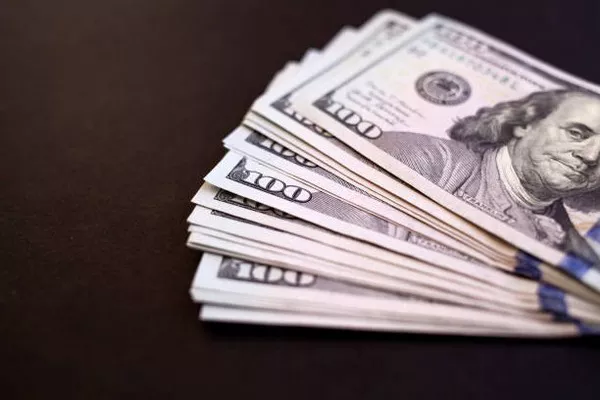In the realm of currency, certain denominations possess a unique allure, capturing the imagination of collectors and enthusiasts worldwide. Among these, the 2 dollar bill stands out as a curious specimen, often sparking questions about its worth beyond its face value. While many perceive it as a novelty item, its actual value extends far beyond mere monetary denomination. This article aims to delve into the multifaceted value of the 2 dollar bill, exploring its historical significance, collector’s appeal, market value, and potential investment opportunities.
Historical Significance of the 2 Dollar Bill
Understanding the Origin and Evolution
The 2 dollar bill, although relatively uncommon in circulation today, holds a rich historical legacy dating back to the early days of American currency. First introduced in 1862, during the American Civil War, the 2 dollar bill was issued as a legal tender note by the United States government. Initially, its purpose was to address the shortage of coins, particularly silver coins, which were hoarded during the war.
The Curious Allure of the 2 Dollar Bill
Collector’s Appeal and Rarity
Despite being considered legal tender, the 2 dollar bill is seldom encountered in daily transactions, contributing to its mystique and appeal among collectors. Unlike other denominations, which undergo frequent circulation and replacement, the 2 dollar bill remains relatively scarce, making it a coveted item for numismatists and enthusiasts.
Scarcity and Availability
The scarcity of the 2 dollar bill stems from various factors, including limited production by the U.S. Bureau of Engraving and Printing (BEP) and public perception. While the BEP continues to print 2 dollar bills sporadically, they are not as widely circulated as other denominations, contributing to their perceived rarity. Moreover, misconceptions and superstitions surrounding the 2 dollar bill, such as the belief that it is unlucky or counterfeit, further limit its circulation and availability.
The Market Value of the 2 Dollar Bill
Determinants of Worth
Assessing the market value of the 2 dollar bill involves considering multiple factors, including its condition, age, rarity, and demand among collectors. While a crisp, uncirculated 2 dollar bill from a rare series commands a higher price in the collector’s market, worn or damaged bills may fetch closer to their face value.
Condition and Grading
Similar to other collectible currency, the condition of a 2 dollar bill significantly influences its market value. Numismatic grading systems, such as the Sheldon Scale, are commonly used to assess the condition of banknotes, ranging from Poor (P) to Gem Uncirculated (GEM), with each grade corresponding to specific criteria regarding wear, creases, folds, and other imperfections.
Rarity and Desirability
Certain series and variations of the 2 dollar bill are inherently rarer and more desirable among collectors, thus commanding higher prices in the market. For example, bills from discontinued series, such as the 1928 or 1953 red seal notes, are highly sought after due to their historical significance and limited availability.
Investment Potential of the 2 Dollar Bill
Exploring Investment Opportunities
While some may view collecting 2 dollar bills purely as a hobby, others recognize the investment potential inherent in rare and valuable specimens. Like any other form of collectible currency, investing in 2 dollar bills requires careful research, knowledge of the market, and a long-term perspective.
Diversification and Preservation
Including 2 dollar bills in a diversified investment portfolio can serve as a hedge against inflation and economic uncertainty. Unlike traditional investments like stocks or bonds, collectible currency offers tangible assets that can be preserved and appreciated over time, regardless of market fluctuations.
Research and Due Diligence
Successful investment in 2 dollar bills hinges on thorough research and due diligence. Understanding the nuances of different series, variations, and grading standards is essential for identifying undervalued specimens with growth potential. Additionally, staying informed about market trends, auctions, and collector preferences can help investors make informed decisions and capitalize on emerging opportunities.
See Also How To Find Stocks Under 1 Dollar On Robinhood
Conclusion
In conclusion, the value of a 2 dollar bill transcends its nominal denomination, encompassing historical significance, collector’s appeal, market value, and investment potential. While some may perceive it as a mere curiosity, others recognize its worth as a tangible piece of American history and a unique collectible. Whether acquired for numismatic enjoyment or investment purposes, the 2 dollar bill continues to captivate enthusiasts and investors alike, offering a window into the fascinating world of currency and finance.


